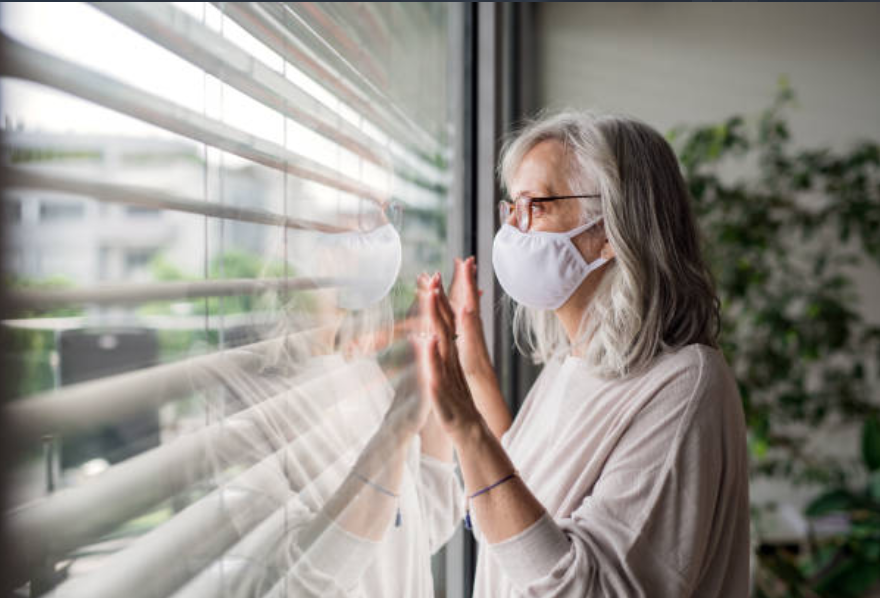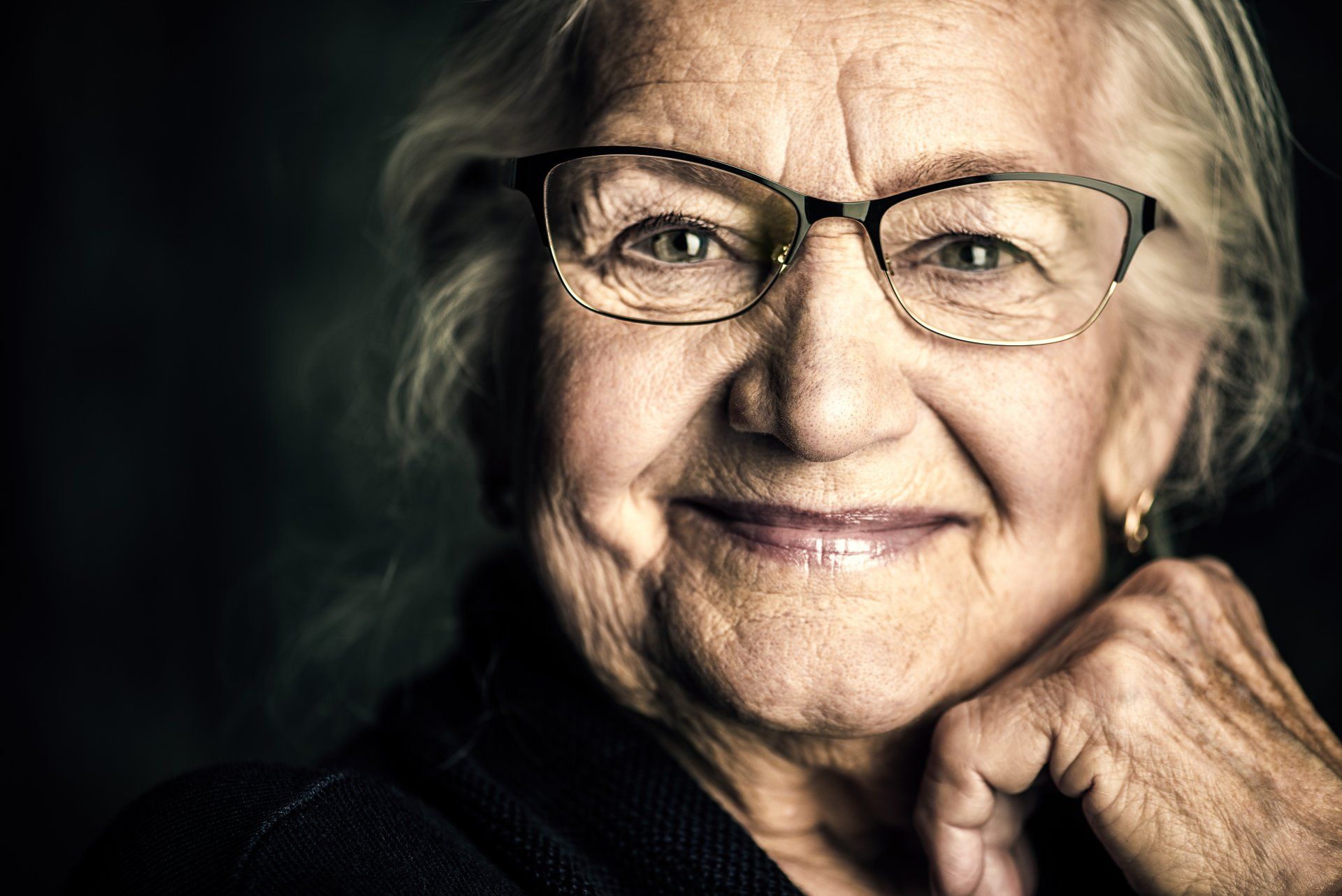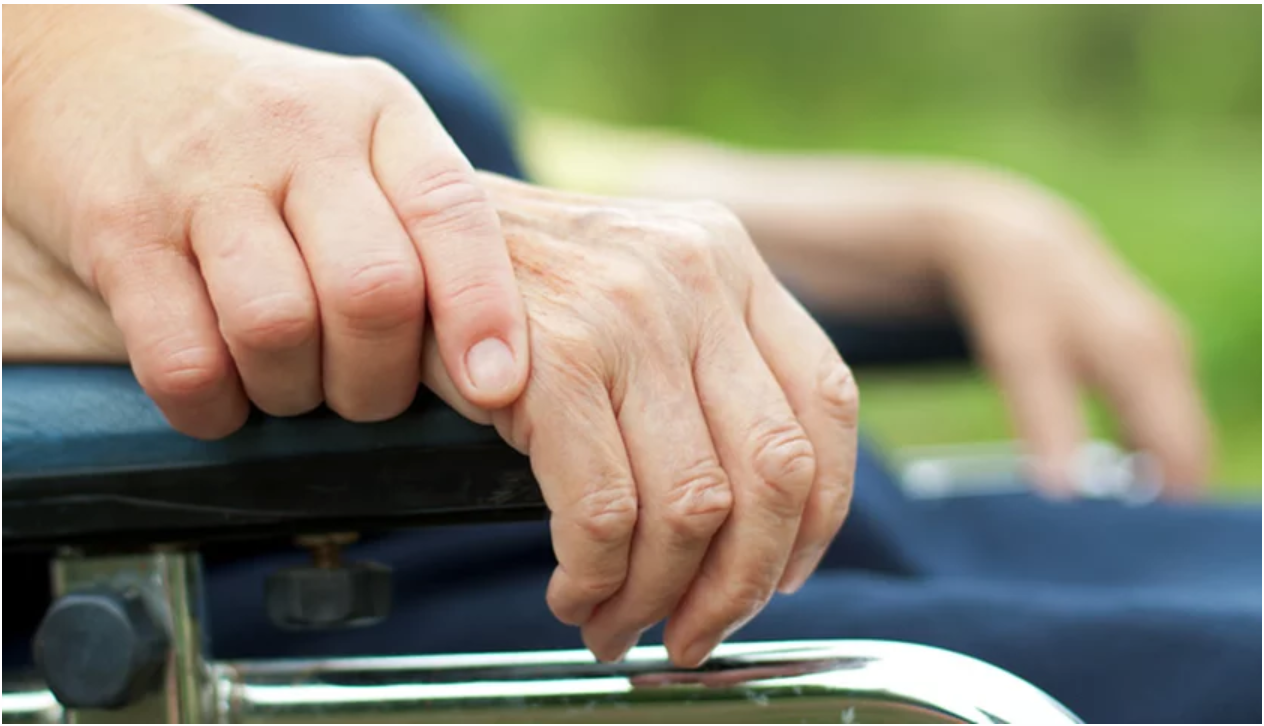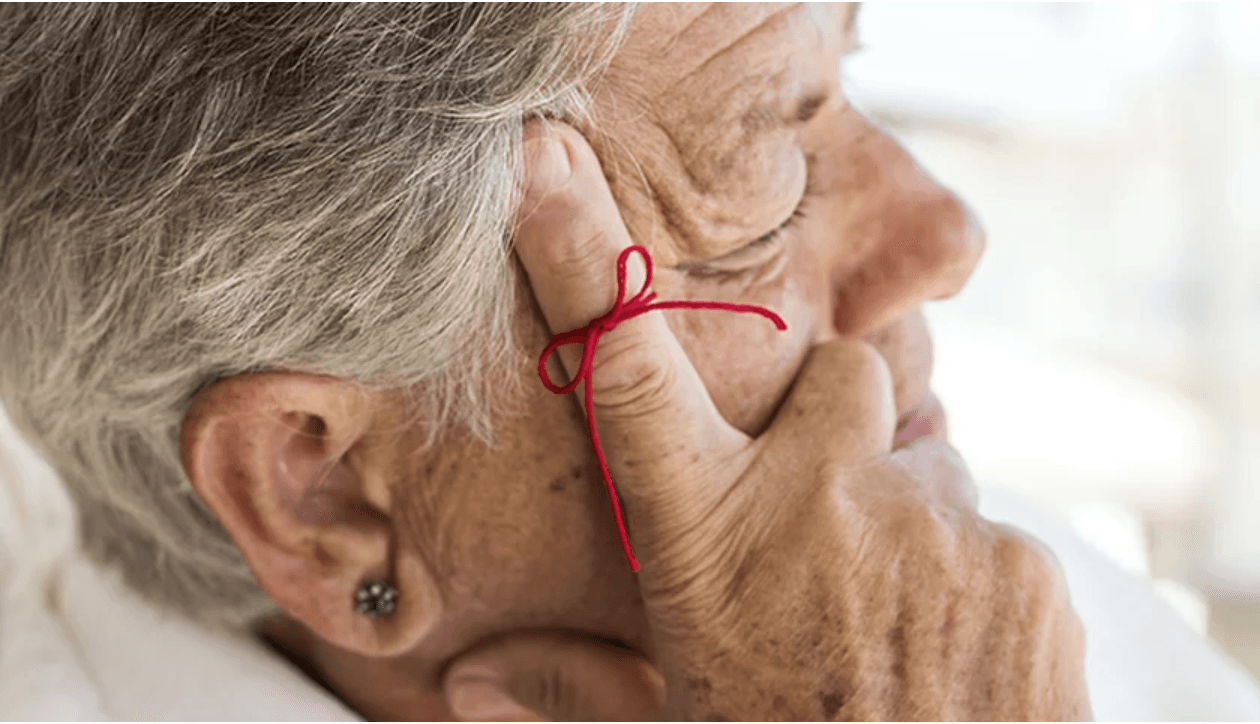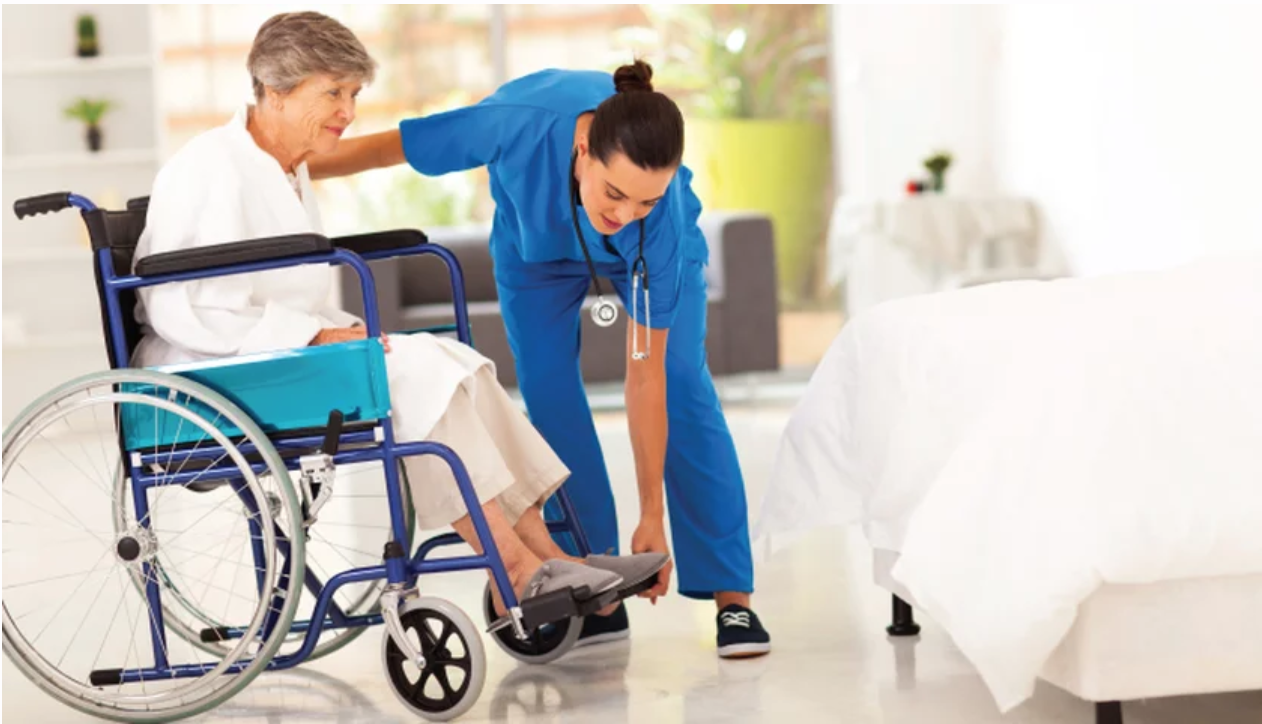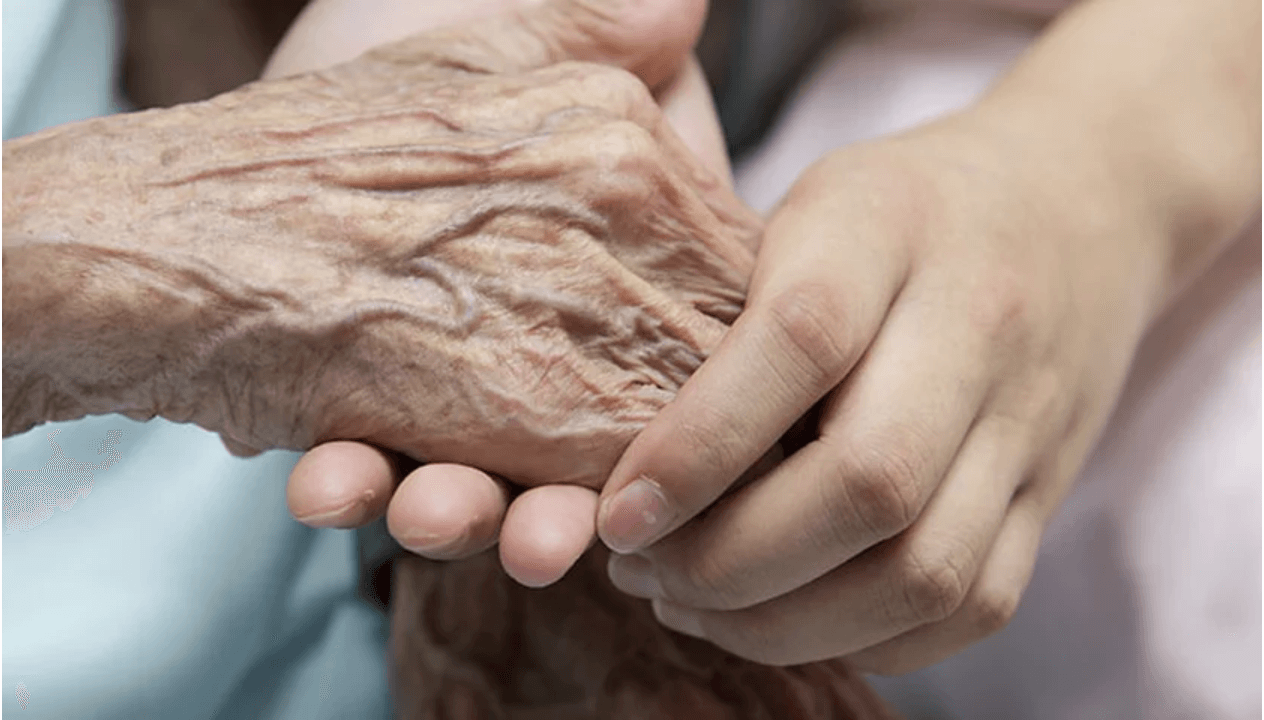
Blog Layout
Understanding COVID-19
Aug 14, 2020
How can we help you today?
Thank you for contacting us.
We will get back to you as soon as possible.
We will get back to you as soon as possible.
Oops, there was an error sending your message.
Please try again later.
Please try again later.
A basic understanding of COVID-19, a virus causing the current global pandemic and putting everyone, especially older and immunocompromised adults, at greatest risk.
You’ve heard the name many times by now— Coronavirus (or COVID-19) is a disease that’s become so deadly it’s spiraled us into a global pandemic. For those unfamiliar with how it got its name, in COVID-19, 'CO' stands for 'corona,' 'VI' for 'virus,' and 'D' for disease. According to the CDC, “coronavirus” is actually an umbrella term for a family of viruses that can cause illness in animals or humans. In humans however, there are several known coronaviruses that cause respiratory infections. These coronaviruses range from the common cold to more severe diseases such as SARS, MERS, and COVID-19. There’s a lot of information on the disease, and at times it can be overwhelming. This article should act as a basic understanding of COVID-19, with research coming from the Centers of Disease Control and Prevention, whose main goal is to prevent its spread.
What is COVID-19
Coronavirus disease 2019 (COVID-19) was first discovered in Wuhan, China in December 2019, and is caused by the virus SARS-CoV-2, which is a virus more lethal than ever seen before. Early cases of COVID-19 were thought to be linked to the large live animal market that China has access to, however more recent studies have proven it’s strictly exchanged via person-to-person contact. In March 2020, the World Health Organization (WHO) declared COVID-19 a pandemic.
The team at the Columbia University Irving Medical Center in New York City — one of
In an article by CNN’s Maggie Fox published July 10, 2020, these same doctors spoke about coronavirus
being dangerous because of its attack on the respiratory system, as well as virtually every major system in the human body— damaging organs, causing blood clots, creating heart arrhythmia, loss of kidney proteins, and even skin rashes. Much of the damage brought on by the virus is said to be worsened by it’s likeness for a receptor. Most major organs in our bodies are lined with cells that are covered with this receptor, called AEC2— the virus can use this as a means to infect healthy cells.
How it’s Spread
The CDC’s latest on the spread of the virus that causes COVID-19 (as of August 4,2020), is that it’s thought to spread mainly from person-to-person, primarily through respiratory droplets produced when an infected person coughs, sneezes, or even talks. These droplets can easily be transferred by landing on the shared surface with a the hospitals flooded with patients in the spring — went through their own experiences and collected reports from other medical teams around the world.
"This virus is unusual and it's hard not to take a step back and not be impressed by how many
manifestations it has on the human body,"
Dr. Mahesh Madhavan, another cardiology
fellow who worked on the review, said in a statement.
healthy individual, or by landing on another person's mouth. Researchers are also finding that COVID-19 may be spread by people who are not showing symptoms.
Information continues to gather surrounding the spread of the ongoing COVID-19 pandemic, and suggests that this virus is spreading more efficiently than influenza, but not as efficiently as measles—which is highly contagious. In general, the more closely a person interacts with others and the longer that interaction, the higher the risk of COVID-19 spread.
Who is at Risk
The two groups most at risk for contracting a severe illness from COVID-19 are older adults, and those with preexisting medical conditions. A severe illness means the person could require intensive hospitalization treatment eventually requiring a ventilator to help them breathe— this could lead to death. The CDC provides an example of the following: people in their 50s are at higher risk for severe illness than people in their 40s. Similarly, people in their 60s or 70s are, in general, at higher risk for severe illness than people in their 50s. The greatest risk for severe illness from COVID-19 is among those aged 85 or older.
According to the CDC (July 30, 2020) in general, your risk of getting severely ill from COVID-19 increases as you get older. In fact, 8 out of 10 COVID-19-related deaths reported in the United States have been among adults aged 65 years and older. The older we get, the greater chance we have at developing medical conditions that complicate our health. Being that COVID-19 is a new disease, the CDC is still gathering information on the impact of underlying medical conditions and its relationship to COVID-19. Based on research conducted up until now, people with the following conditions might be at most risk for severe illness from COVID-19:
● Cancer
● Chronic kidney disease
● COPD (chronic obstructive pulmonary disease)
● Immunocompromised state (weakened immune system) from solid organ transplant
● Obesity (body mass index [BMI] of 30 or higher)
● Serious heart conditions, such as heart failure, coronary artery disease, or cardiomyopathies
● Sickle cell disease
● Type 2 diabetes mellitus
● Asthma (moderate-to-severe)
● Cerebrovascular disease (affects blood vessels and blood supply to the brain)
● Cystic fibrosis
● Hypertension or high blood pressure
● Immunocompromised state (weakened immune system) from blood or bone marrow transplant, immune deficiencies, HIV, use of corticosteroids, or use of other immune weakening medicines
● Neurologic conditions, such as dementia
● Liver disease
Symptoms of COVID-19
People diagnosed with COVID-19 have reported on having a wide range of symptoms, from mild to severe. Symptoms may appear anywhere from 2-14 days after exposure, Symptoms to look out for that could suggest a person has contracted COVID-19 are (but not limited to):
● Fever or chills
● Cough
● Shortness of breath or difficulty breathing
● Fatigue
● Muscle or body aches
● Headache
● New loss of taste or smell
● Sore throat
● Congestion or runny nose
● Nausea or vomiting
● Diarrhea
As symptoms progress, you should know when to seek the advice of a medical professional for testing or treatment, especially if you’re taking care of an elderly loved one. The CDC says one should seek immediate medical attention if you or someone you care for is experiencing:
● Trouble breathing
● Persistant pain or pressure in the chest
● New confusion
● Inability to wake or stay awake
● Bluish lips or face
Prevention of Spread
Preventing the spread of COVID-19 is crucial to protecting our lives, and the ones around us who are most at risk. Avoid contact with those who are sick, or those who you think might be sick. You may have heard the term “ social distancing” or “physical distancing” by now, which according to the CDC (July 15, 2020) means keeping a safe space between yourself and other people who are not from your household. You can practice social distancing by keeping 6 feet (about 2 arms’ length) from people who don’t live in your household, especially in indoor spaces.
Social distancing should be combined with several other everyday preventative measures. On August 6, 2020, the CDC includes mask-wearing to be key in helping prevent the spread of COVID-19, while it may not completely protect the wearer, it may keep the wearer from spreading it to others who are more at risk. As previously mentioned, COVID-19 is spread from person-to-person via droplets produced when an infected person coughs, sneezes, or talks. These dangerous secretions can land in the mouths or noses of people who are nearby or possibly be inhaled into the lungs.
Recent studies show that a significant portion of individuals with COVID-19 lack symptoms (are “asymptomatic”) and that even those who eventually develop symptoms (are “pre-symptomatic”) can transmit the virus to others before showing symptoms. The CDC recommends people wear a mask in public, especially when social distancing practices are difficult to maintain.
Make sure to cover your mouth and nose when you cough or sneeze as well, in efforts to prevent the spread of COVID-19. One should immediately wash their hands, and continuously wash hands, with soap and water for at least 20 seconds. If for some reason a sink is not around, use hand sanitizer to clean your hands— make sure the sanitizer contains at least 60% alcohol in order to properly kill germs.
Another major way that the CDC suggests preventing the spread of COVID-19, is by frequently sanitizing surfaces. No matter if it’s only touched once, and briefly, germs can continue to live on surfaces and could be a major contributing factor in getting people sick. If you notice a surface is dirty, clean it first with soap and water, and then disinfect it.
If you’re in a position of caring for an elder or loved one, make sure you’re monitoring your health daily. Keep a thermometer handy and take your temperature if you’re not feeling well, or notice any shortness of breath that could be symptomatic of COVID-19. If you are concerned you came into contact with someone who was diagnosed, contact
your medical provider and request to be tested. Try to remain calm, and socially distanced until you have figured out if you're positive for COVID-19, and check back on the CDC website for the latest information on how to keep you and your loved ones safe, and ways you can help prevent its spread.
https://www.cdc.gov/coronavirus/2019-ncov/index.html
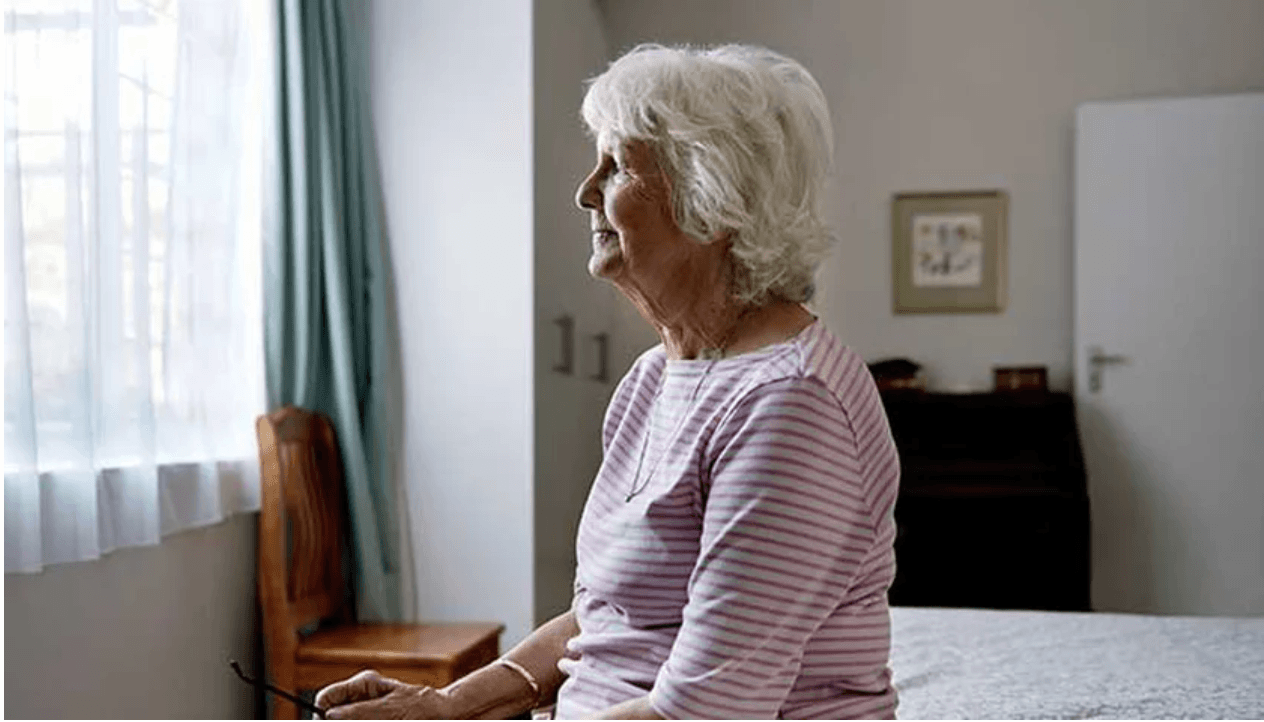
By Lisa Reisman
•
29 Aug, 2019
No matter what age, we all have moments of confusion. But when your elderly loved one is consistently exhibiting these signs, it might be because s/he is undergoing cognitive impairment. Having difficulty comprehending is a common sign these problems; however, it is often brushed aside as "old age." The person experiencing these difficulties may make excuses: the TV shows today are too complicated, their family members talk too fast, the lights are too dim to read. Ignoring the signs of comprehension difficulties, though, just make life harder for everyone involved. Comprehension and Confusion Comprehension is the opposite of confusion. Comprehension is a complex process in the brain through a system of nerves and chemicals, and it involves language, recognition, and function processes. Cognitive impairment disorders like dementia and Alzheimer's disrupt those complex processes. It can manifest as sudden memory loss, impaired motor coordination, and other more subtle thought processes that we will discuss. When someone has difficulty with comprehension, s/he has trouble putting together the various actions needed to perform a task. For example, your mom might need a cup from the cupboard. In order to do so, she must first decide she wants the cup. Then she might need to get out of her chair, walk across the kitchen, raise her hand, open the cupboard, and take the cup out of the cupboard. If she has difficulty with comprehension, she will have a hard time putting all of these elements to work to achieve her goal, which might result in several different outcomes: she could fall, break the cup, or just forget what she was doing before she reaches the cupboard. She knows what she wants to do but has trouble making all the connections necessary to get there. How Cognitive Impairment Affects Your Loved One Difficulty comprehending is frustrating for your elderly loved one and for you, but the first step toward helping your loved one is understanding what s/he is experiencing. Here are some examples of how someone with dementia or Alzheimer's disease might have trouble comprehending everyday situations. TV/books: Someone with dementia might not be able to follow a basic storyline and could not tell somebody else what is going on in the TV show or book. Social situations: Someone with dementia might see two children playing and interpret that they are fighting or vice versa. The person with dementia may step in and try to resolve the situation without realizing what is actually happening. Conversations: As with the TV/book example, someone with dementia can't follow an everyday conversation . S/he doesn't know who or what is being discussed and especially cannot tell when the subject matter has changed. Time: Someone with trouble comprehending will have difficulty telling time and might not know whether it is day or night. How Cognitive Impairment Affects You Because of these comprehension difficulties, the person experiencing dementia or Alzheimer's disease will rely on the people around him/her to tell him/her what is going on. For instance, your loved one may constantly ask you to repeat yourself. S/he may also have trouble following instructions. These situations can be aggravating for you, particularly if they are new, however it is important to understand that your loved one is not trying to bother you by failing to follow directions or asking you to repeat information over and over. These are symptoms of cognitive impairment , and neither you nor they can control it. If your family member begins to exhibit any of these signs, take him or her to your physician with a description of the comprehension difficulties you've noticed so that s/he has plenty of information for a cognitive function assessment. If the doctor diagnoses dementia or Alzheimer's, ask specific questions about treatment so that you can do your part to serve your loved one despite mild cognitive impairment. It is important to get help for your loved one, and there is no reason for you to care for your loved one alone. Caring for an aging relative requires time, patience, and expert care. Complete Care At Home can help you create a customized plan to meet the unique needs of your loved one with dementia or Alzheimer's disease. Contact us today for an expert assessment.
